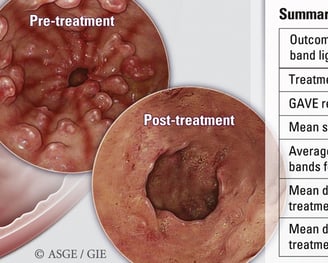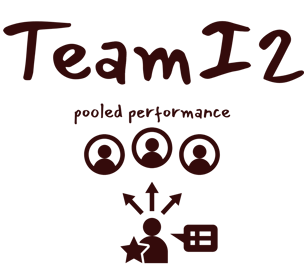Case example
Lets walk
Allow me to walk you through a real life example.
I will touch upon all the points I highlighted in my earlier sections under 'Meta-analysis' tab.
Study question --> publication --> creating a change in someone's life.
Typical consult
A usual day of GI-consults at the university and just another upper GI bleeder.
Known h/o upper GI bleed secondary to GAVE (gastric antral vascular ectasia) - the nodular type in the background of severe portal hypertension and portal gastropathy, but things are new this time.
He is on dual antiplatelets for a recent STEMI and on anti-coagulation for A.fib (to me thats green chilli and red chilli being served together...).
Management-1
We scope, we APC (argon plasma coagulation - the current standard for GAVE treatment).
Does okay for 2-days and I get called again for large volume melena with Hb drop.
We scope, we APC him, he does fine for 2 days and then I get called again...
Management-2
Well, you know the person will bleed everytime we APC, if you have seen how APC works, especially if someone is on dual-antiplatelets and anticoags.
We HALO (radiofrequency ablation with a small pad like tool at distal end) him.
Does fine for 2 days and yes, I get called again!
'Eureka'
'Lets band the GAVE' tells my hepatology attending.
'What..??!! never heard of that' - tells my GI attending.
The situation was pretty serious as we had failed 2 APCs, 1 RFA (HALO), and the argument kinda escalates between attendings.
Can we really band GAVE? majority of GI have never heard of it? then & there folks, was the 'eureka' moment..!
Literature
I search the literature, find good number of studies and no meta-analysis... yet.
I create a google-drive folder, save the searched article web-links, search about 5 times on google-scholar and PubMed.
Search with term 'meta-analysis' in the search box and make sure no other meta-analysis.
Data
Start collecting data, add columns to the data sheet.
I assemble my team, collaborate, discuss, assign roles (especially important to identify the lead and last author upfront).
Ensure outcomes are similar with uniform definitions.
Make 'remarks' column to jot down important points and study variations.
Files
I create simultaneous files: write up, title page, supplementary files from the get-go.
Start writing introduction paragraph as I collect my data.
I send the literature search instructions to the librarian while I am collecting data from the studies I know will be included.
I submit the PROSPERO registration (I mostly skip this as PROSPERO can be painfully slow).
Studies
Finalize your studies after getting back the formal literature search from librarian.
By this time, I am done collecting data from good number of articles.
My introduction paragraph is ready, methods section is done and I have all important points to cover for my discussion section.
It's been about one week from conceiving the idea.
Analysis
I have learnt CMA software and I do my own analysis.
I pay particular attention during data collection to gather data in such a way that I only have to copy-paste info to CMA.
Analysis takes about 2-3 hours.
Results section gets completed in couple of days.
Risk of bias
I use the new-castle ottawa scale.
Once again, I complete this along with my data collection.
So, this part is also ready by day-10 of my 'eureka' moment.
Write up
Well, only discussion section is left and we already have our points to cover.
Discussion takes a day or two, however few more days are spent reviewing the whole document.
I now send it to my senior author (Dr. Adler in most cases), who takes 2 weeks to edit and make suggestions.
In those 2 weeks, I have everything else ready - title page, authors contributions, abbreviations, abstract, legend, references, supplementary file, tables, figures, IRB document, ethics declaration, cover letter and others depending on the journal.
Submit
Finally, we submit and it has roughly taken me 4 to 6 weeks from idea to submission.
GIE journal sends us the reviewers' comments in about 2 weeks.
Paper proofs follow and then the paper is published online.
Publish
You can see it for yourself online: received June 11, 2021, accepted Aug 14, 2021, published online Sep 01, 2021.
https://www.giejournal.org/article/S0016-5107(21)01607-2/fulltext#articleInformation
Masterpiece
Majority of GI have not heard of band-ligation as a treatment option for GAVE.
A senior gastroenterologist in Big-Island, Hawaii, learnt about it after reading my CV and used the technique to help one of his patients, as he was running out of options and losing hope. None of his GI friends had suggestions as no one knew about band-ligation for GAVE.
My eyes teared up when he told me how the paper helped him and his patient (I was interviewing Big-Island for a GI job).
An eternal masterpiece indeed...!


